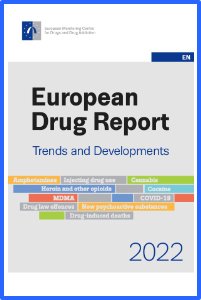By Louise I. Shelley Dr.; John T. Picarelli; Allison Irby; Douglas M. Hart; Patricia A. Craig-Hart; Phil Williams Dr.; Steven Simon; Nabi Abdullaev; Bartosz Stanislawski; Laura Covill
The report presents three case studies of regions that are hospitable to transnational crime-terrorism interactions: Chechnya; the Black Sea region; and the tri-border area of Paraguay, Brazil, and Argentina. The analysis of links between criminal and terrorist groups in these areas used a military intelligence method called "intelligence preparation of the battlefield," which involves the identification of areas where terrorism and organized crime are most likely to interact. Such areas are expressed not only in geographic terms but also conceptual terms; for example, the analysis identifies the way groups organize themselves, communicate, use technology, deploy their members, and share cultural affinities. Within each of these areas, investigators can identify indicators that suggest whether or not cooperation between specific terrorist and criminal groups are likely to occur. The general principle that previous research in this domain has developed is that terrorist and criminal groups have links via methods but not motives. This report concludes that although the motives of terrorists and organized criminals are most often different, the links that separate such groups are growing increasingly complex, such that the separation of motives is no longer unequivocal. This study identifies an evolutionary pattern whereby the sharing of methods leads to more intimate connections within a short time. Factors that influence this evolution are failed states, war-torn regions, and alliances developed in penal institutions and urban neighborhoods. The central recommendation is to incorporate crime analysis in the intelligence analysis of terrorism.
Washington, DC: U.S. National Institute of Justice, 2005. 115p.





















